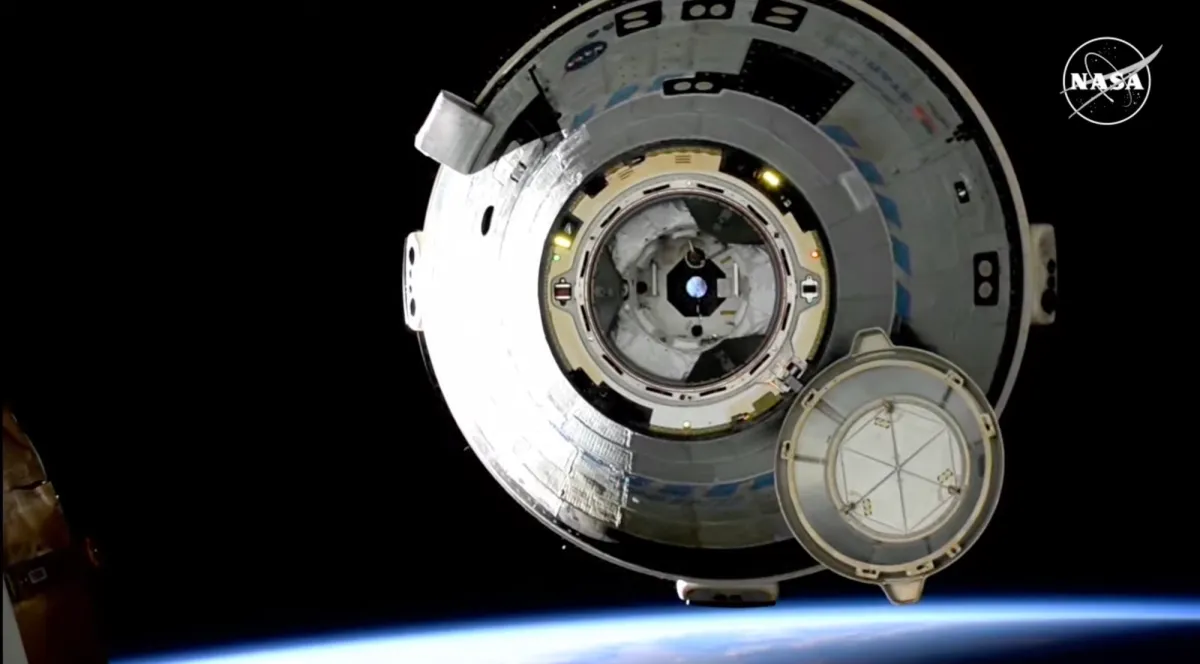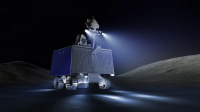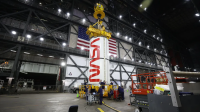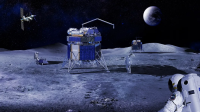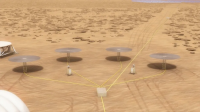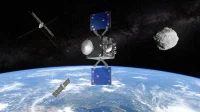Boeing and NASA are making significant progress in addressing issues identified during the 2024 test flight of Boeing's CST-100 Starliner spacecraft, although concerns about the spacecraft's thrusters remain unresolved, according to an independent NASA safety panel.
Paul Hill, a member of NASA's Aerospace Safety Advisory Panel (ASAP), provided an update during a public meeting on January 30, following the Crew Flight Test (CFT) mission that launched in June with NASA astronauts Butch Wilmore and Suni Williams aboard. The mission, however, ended with the spacecraft returning to Earth uncrewed three months later due to concerns about its thrusters.
“NASA reported that significant progress is being made regarding Starliner CFT's post-flight activities,” Hill said. “Integrated NASA-Boeing teams have begun closing out flight observations and in-flight anomalies.” However, Hill noted that thruster-related issues, which included several thrusters shutting down during the spacecraft's approach to the International Space Station (ISS), have not been resolved. Additionally, the propulsion system experienced several helium leaks.
“The program anticipates the propulsive system anomalies will remain open,” Hill stated, “pending ongoing test campaigns.” He added that teams are continuing to investigate the root causes of the thruster malfunctions and are working on developing recommendations for future missions. There are also efforts to assess any technical and organizational factors that may have contributed to the issues.
Despite the unresolved thruster problems, Hill expressed confidence in the actions taken by NASA and Boeing. “The details shared by NASA gave us confidence that they are focusing on the right core issues and the related path to safely flying Starliner,” he said.
While the ASAP meeting provided the most detailed public update on the investigation since the spacecraft's return in October, it did not address when Starliner would fly again or whether it would be a crewed or uncrewed test flight. NASA previously stated in October that the timing of the next flight would depend on Boeing's progress toward system certification. The agency has also left open the possibility of a Starliner mission in 2025 but has not provided further details.
Boeing also announced on January 23 that it expects to take another charge against earnings in the fourth quarter of 2024 due to the Starliner program, potentially in the hundreds of millions of dollars. The company did not provide further specifics during its earnings release or analyst call on January 28.
In related news, Mark Nappi, the former Boeing vice president responsible for the Starliner program during the CFT mission, is transitioning to a senior advisory role at Boeing. Nappi, who is retiring in February, briefly commented on the commercial crew program during a panel discussion at the SpaceCom conference, suggesting that more efficient requirements could have improved cost and schedule performance.
The investigation into Starliner's performance continues, with NASA and Boeing working to address the technical challenges before the spacecraft is cleared for future missions.

